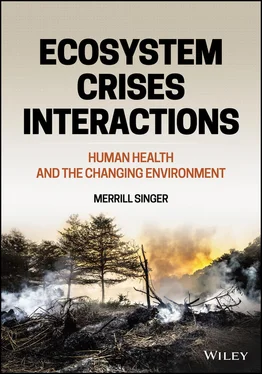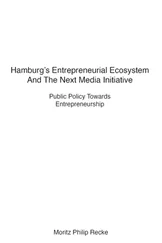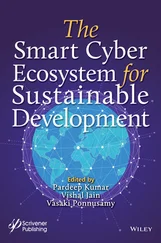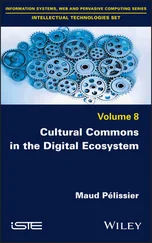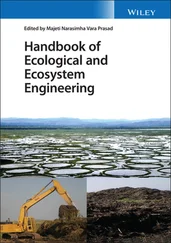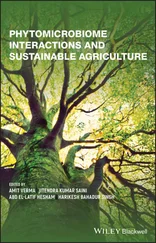While the ICS has not recognized the Anthropocene (Finney & Edwards 2016; Gibbard 2018), many scientists have. The concept has gained de facto authority even if it is not officially sanctioned, as reflected in the launching of multiple new academic journals, such as The Anthropocene , The Anthropocene Review , Elementa: Science of the Anthropocene , and Anthropocene Coasts, the organization of professional conferences sponsored by universities and scholarly groups, and the publication of an ever‐growing international and multidisciplinary scientific literature on the topic (e.g., Zalasiewicz et al . 2017; Hughes et al . 2018; Steffen et al . 2018; Tucker et al . 2018).
Ultimately, whether or not the ICS decides that the Anthropocene meets the criteria for the establishment of an epoch in Earth history, it does not change the reality of the “perfect storm” of interacting human impacts on the planet, its global processes and ecosystems, and its lifeforms. For those at gravest risk from ecocrises interaction, whether their loss of access to adequate food, breathable air, survivable temperatures, or dry land occurs during a particular scientifically defined segment of geological time on ICS’ International Chronostratigraphic Chart is of negligible importance. What does matter is the utility of Anthropocene recognition in spurring useful new research and practical political and social action to avert a slide into hothouse Earth conditions.
1.11 The hottest year on record
Most significant among the ecological crises Earthlings now face is global warming. Earth’s temperature has risen by 1.4 °F over the last 100 years, and is predicted to rise to 11.5 °F in the next few decades. Despite various disagreements about regional and temporal variations in temperature, the vast majority of climate scientists recognize both that the planet is getting hotter and that fossil fuel technology is playing a fundamental role in this risky process. Today, the carbon dioxide level in the atmosphere is the greatest it has been in 400 000 years, having jumped from about 280 parts per million (ppm) before the Industrial Revolution to about 410 ppm today. In the final report of The Lancet Commission on Managing the Health Effects of Climate Change (Costello et al . 2009), the warming of Earth was labeled “the biggest global health threat of the 21st century,” a conclusion affirmed by the Commission in 2015 (Watts et al . 2015). The WHO (2018) estimates there will be approximately 250 000 additional deaths due to climate change per year between 2030 and 2050, due to malnutrition, malaria, diarrhea, and heat stress. People living in coastal regions, megacities, island communities, and mountainous and polar regions are particularly vulnerable, especially children and elderly people. Notably, disproportionate morbidity and mortality rises due to climate change will affect the poorest and least powerful global citizens (Singer 2018).
The hottest year on record was 2016, with 2014, 2015, 2017, and 2018 representing the next four hottest since the measurement of annual records began 139 years ago. As Climate Central (2018) points out “[w]ith the five warmest years occurring during the past five years—and the 20 warmest occurring over the past 22—a consistent warming trend couldn’t be clearer.” The trend continues. June of 2019 was the warmest June ever recorded. For climate scientists like Sarah Green, an environmental chemist at Michigan Technological University, “[a]t this point, the inexorable increase in global temperatures is entirely predictable” (quoted in Kaufman 2019).
1.12 Organization of this book
The following chapters lay out an environmental health approach to ecocrises interaction that is informed by anthropology, ecology, climate science, history, and political economy. This begins in Chapter 2with a dive into the intricacies of planetary ecosystems and the rise of the field of ecological study. Under consideration is the nature of nature, specifically the interrelationships among species in an environmental context, as well as biodiversity and environmental regional and planet‐wide structures (e.g., air currents, hydraulics). Chapter 3examines the social, economic, and technological bases of the contemporary environmental crisis, including the role played by the ongoing development of capitalism and the growth of a class of wealthy polluting elites, who represent the primary drivers of catastrophic environmental pollution. Chapter 4provides an overview of the environment catastrophe unfolding during the Anthropocene, including the patterns of sweeping change reshaping life on the planet: pollution of the water, the air, and the land; habitat restructuring and ecological simplification; species movement; and species die‐offs and extinctions. Chapter 5offers a specific investigation of the major environmental crises endangering Earth as our planetary home, including the manifold expressions of contemporary environmental disruption. Building on this background, Chapter 6explores the nature and threat of ecocrises interaction and presents several case studies of the physical, chemical, and biological factors involved in these perilous processes. Chapter 7addresses the mechanisms and pathways of adverse interaction. Chapter 8provides a detailed examination of climate change as the primary driver of ecocrises interaction. To explicate our response to climate change and why it progresses despite growing awareness of the risks it is ushering in, Chapter 9scrutinizes the growth of climate change denial and the offensive against environmental science generally. Chapter 10looks at how we continue to cross vital thresholds and approach identified planetary boundaries for human life as we know it. Finally, Chapter 11offers a consideration of how you can participate in seeking to avoid the worst perils we face based on a review of human movements for change and alternative models for a sustainable future.
1 Arora, N. & Misra, J. (2020). COVID‐19 and importance of environmental sustainability. Environmental Sustainability 3(2): 117–119.
2 Arrhenius, G., Caldwell, K. & Wold, S. (2008). A Tribute to the Memory of Svante Arrhenius. Stockholm: Royal Swedish Academy of Engineering Sciences.
3 Aviv, R. (2014). A valuable reputation: after Tyrone Hayes said that a chemical was harmful, its maker pursued him. New Yorker. https://www.newyorker.com/magazine/2014/02/10/a‐valuable‐reputation.
4 Baer, H. & Singer, M. (2018). The Anthropology of Climate Change: An Integrated Critical Perspective. Abingdon, Oxford: Routledge, Earthscan.
5 Begos, K. (2014). Adjusting to Threats and Harassment. National Association of Science Writers. https://www.nasw.org/article/sciencewriters‐adjusting‐threats‐and‐harassment.
6 Benn, A., Weaver, P., Billet, D., van den Hove, S., Murdock, A. & Gemma B. (2010). Human activities on the deep seafloor in the north East Atlantic: an assessment of spatial extent. PLoS ONE 5(9): e12730.
7 Bennett, C., Thomas, R., Williams, M., Zalasiewicz, J., Edgeworth, M., Miller, H. et al. (2018). The broiler chicken as a signal of a human reconfigured biosphere. Royal Society Open Science 5(12).
8 Berliner, M. (2009). The danger of radical environmentalism. Capitalism Magazine. https://www.capitalismmagazine.com/2020/04/the‐danger‐of‐environmentalism/.
9 Boivan, N., Zeder, M., Fuller, D., Crowther, A., Larson, G., Erlandson, J. et al. (2016). Ecological consequences of human niche construction: examining long‐term anthropogenic shaping of global species distributions. Proceedings of the National Academy of Sciences U.S.A. 113(23): 6388–6396.
10 Brooke, J. (2014). Climate Change and the Course of Global History. Cambridge: Cambridge University Press.
Читать дальше
